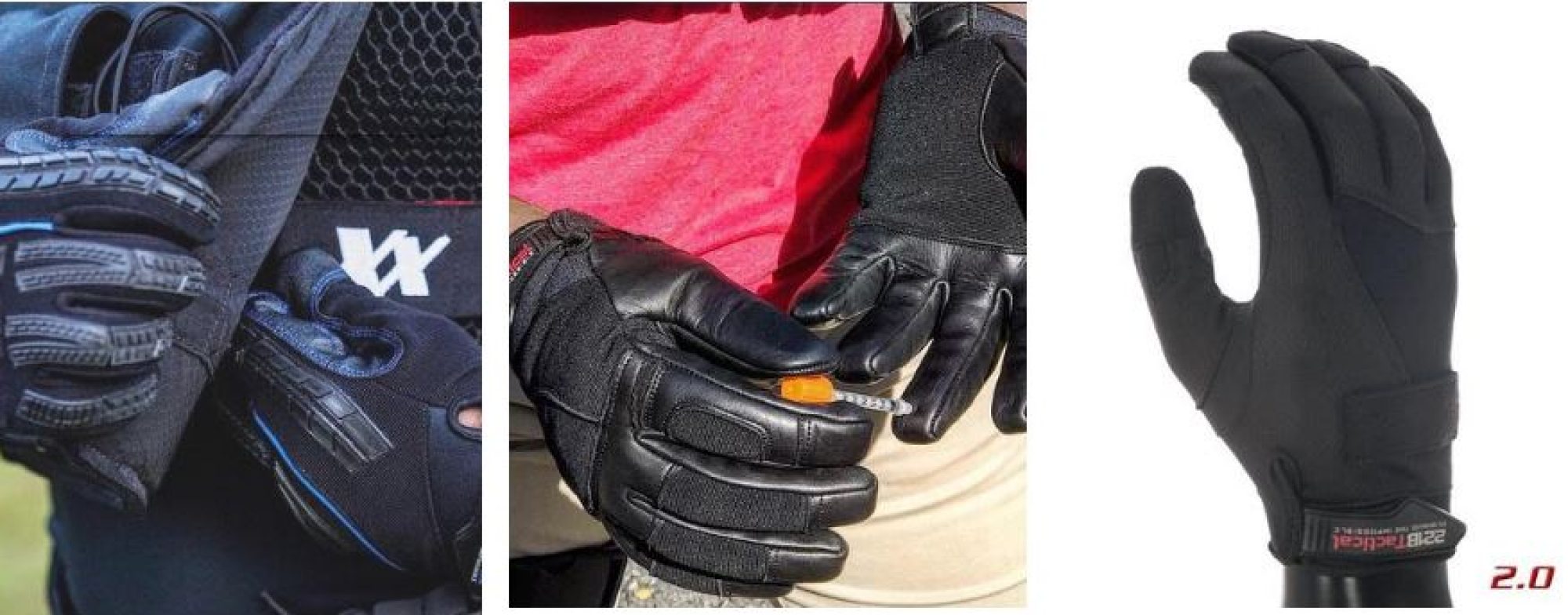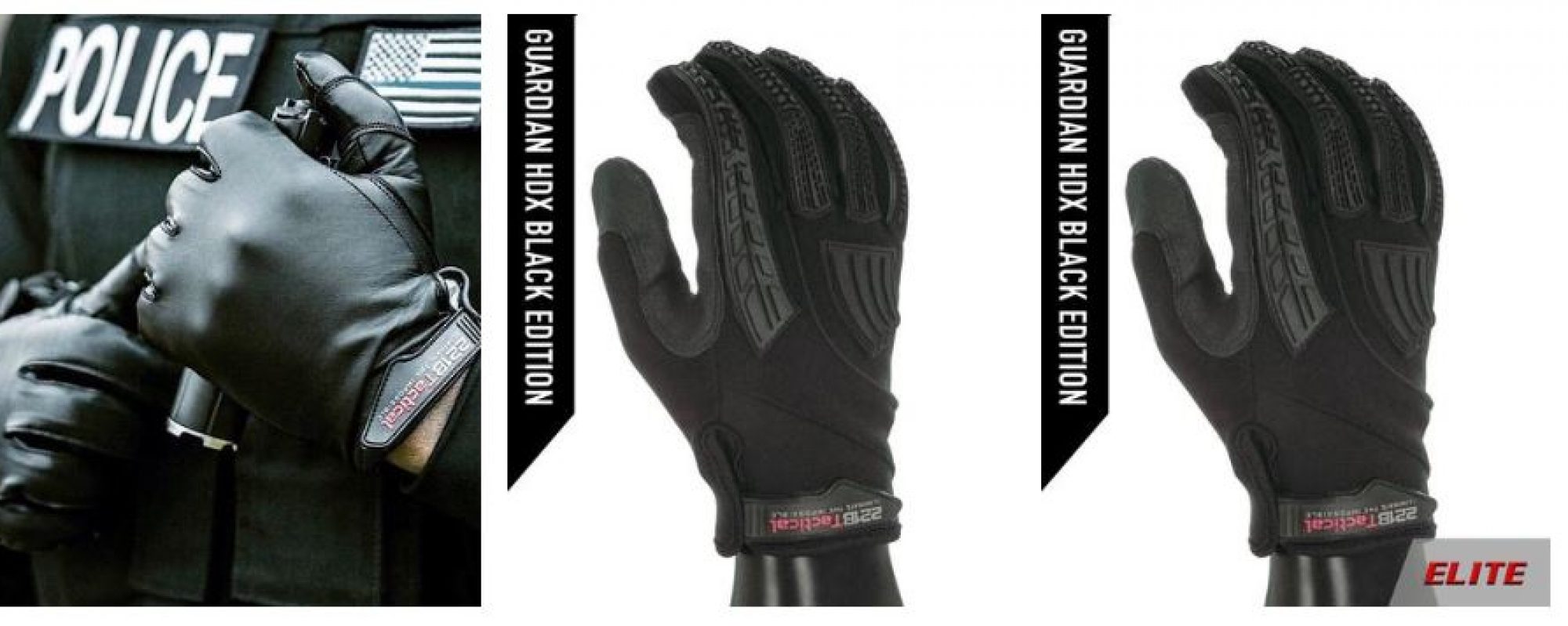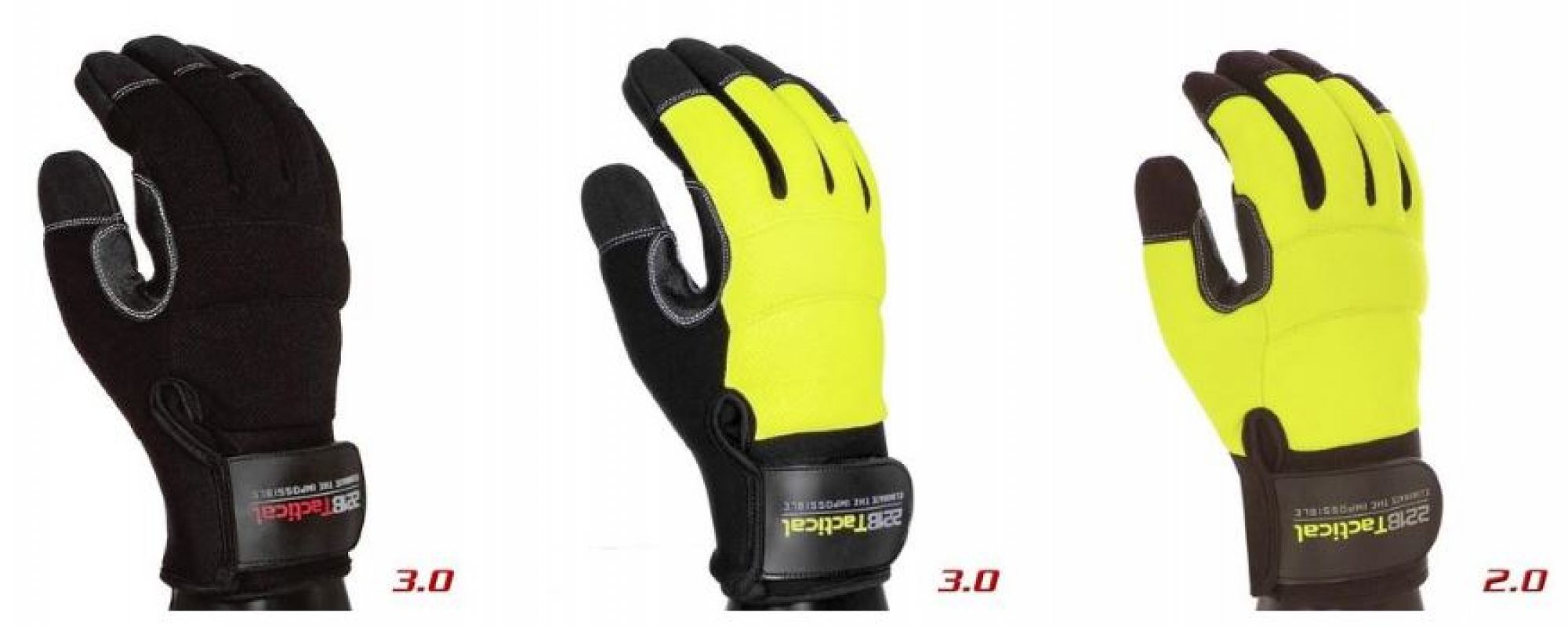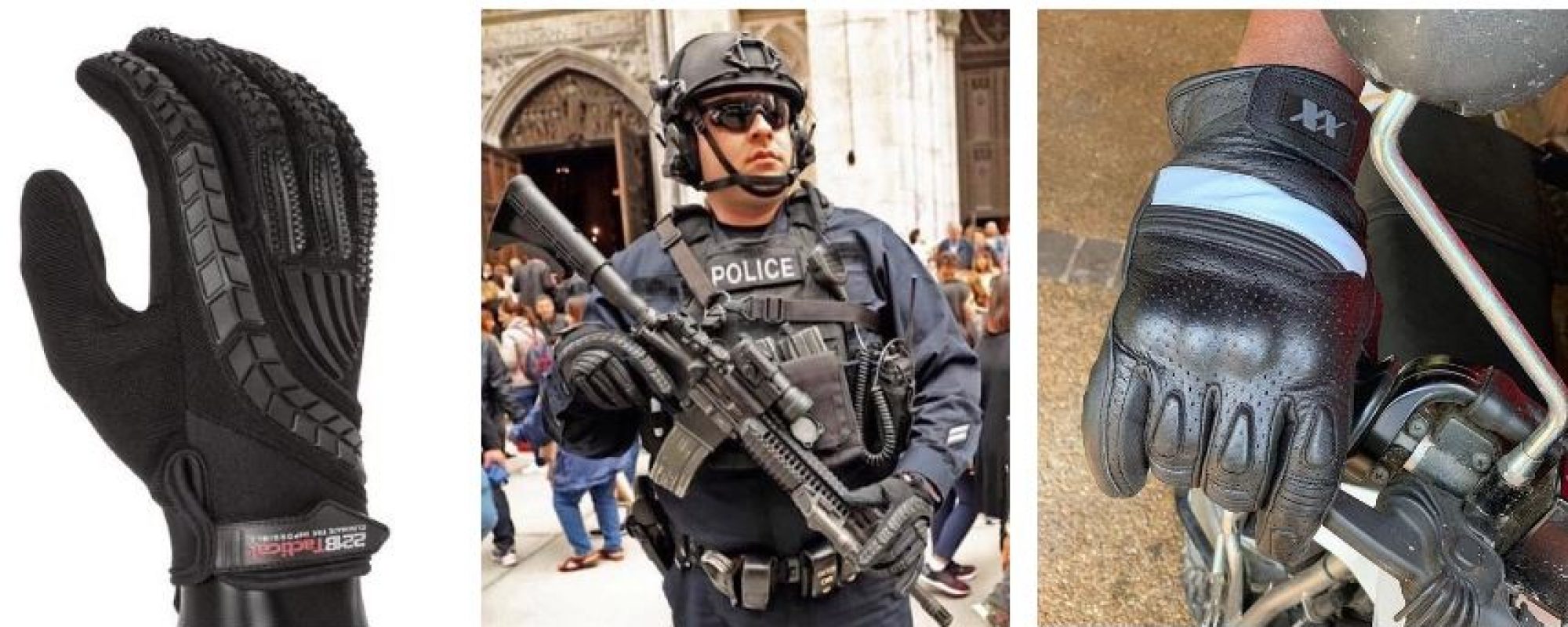If you have to work with objects such as glass or
nails you should consider purchasing gloves that comply with the test
standard EN 388:1994. Almost all types of Puncture resistant gloves undergo this test.
Alternatively,
if you must handle fine objects, especially hypodermic needles, you
should get gloves tested to comply with the ASTM F288 standard. Ideally,
puncture-resistant gloves should protect against abrasion, impact and
cut resistance.
Roles of Cut Proof Safety Gloves When Dealing with Hazards
Based upon broad classifications, Cut proof gloves help industrial workers deal with two major types of cut hazards. These are:
• Cuts from clean and sharp edges, such as knife blades and glass sheets
•
Cuts from varieties of abrasive hazards, such as rough-edge metallic
sheets, punched or stamped metallic sheets, and rough-edged glass sheets
Selection of Cut Resistant Gloves Per Fabric Level and Type of Hazard
The important question to ask is “How do I know what type of Cut resistant gloves
to buy?” Experts categorize materials used in the design of a cut proof
glove depending upon the type of hazard and the fabric level. See
below:

Level 1
Level
1 fabric offers protection against cuts considered a nuisance to the
wearer, such as those incurred during automotive maintenance and from
paper cuts. Level 1 fabrics consist of natural fibers and materials such
as leather, latex or cotton.
Level 2
Level
2 fabrics provide protection from low cut hazards prevalent in
packaging, construction and masonry work. Level 2 fabrics consist of
stronger synthetic fibers such as polyester or nylon.
Level 3
Level
3 fabrics are used within the design of puncture resistant gloves and
are comprised of various high-performance materials. These fabrics
protect hands from moderate cut and puncture hazards occurring when
manipulating light metal stamping or during the handling of light-duty
glass.
Level 4
Level 4
fabrics consist mostly of man-made synthetic materials and steel. These
fabrics protect against high risk cut hazards occurring during sheet
metal handling and other similar applications.
Level 5
Level
5 fabrics consist of heavy weight man-made synthetic materials akin to
metal mesh. These fabrics protect against extreme cut hazards such as
the handling of glass plates
In conclusion, cut resistant gloves decrease the likelihood of hand injuries to workers that include severe cuts and bruises.












